A conversation with Chris Hector
One of the great things about Andrew McLean is that his research grows from the nitty gritty of dealing with real live horses and real live riders, and his thinking on the role of the horse’s diagonal pairs of legs, derives from just such a situation….
“Like most of my work, new ideas come from just watching horses do their thing in the light of what I’ve learned about equine biomechanics. I am a better trainer’s teacher than I am a riding teacher. I’m not so good at multi-tasking and I focus intently on the horse’s legs and body. My wife, Manuela is a much better riding teacher than I am, and she develops the rider’s seat in conjunction with the aids. Our work compliments each other’s. You might think you can’t do one without the other, but in fact it’s really important to recognise the primacy and ‘basic-ness’ of the rein and leg aids because they work by negative reinforcement. They provide not only the actual control, but their correct installation provides mental security to the horse. Because people in general are not so good at multi-tasking, it is easy to overlook the basic installation of these pressure-release aids, which is detrimental to everything. Because of my background in dealing with problem behaviours and young horses, I’m very focused on the clarity of the operant basics. Most problems ranging from mild tension to severe and dangerous issues result from errors in the installation of proportional rein and leg basics and the resulting unpredictability and uncontrollability of pressures which makes horses insecure.”
Ingrid Klimke rides a four-year-old mare by Damon Hill and shows us a big loose warm up trot, and then a few more collected steps with a young Dresden Man…
“So I started to look at it more mechanically with the knowledge of biomechanics in mind: what rein controls what diagonal pair? Which of the rider’s legs controls which diagonal pair? If you want a diagonal pair to go bigger, smaller, faster or slower you should stimulate it in the swing phase. Many trainers have recognised that the right rein principally trains and controls the decceleration of the horse’s right foreleg and the rider’s right leg trains and controls the acceleration of the right hindleg.”
read on
“That’s one area of biomechanics that I talked about last month; the other area that I am interested in is measuring tempo. I have been doing that a lot for the past five years. I have an iPhone app, which is free and easy to get, it’s called tap metronome. I have been measuring tempos both in dressage and jumping. What is really interesting, if you look at tempos, you begin to see that they are quite standard and prescriptive in dressage and even in jumping, for perfect performance (i.e. for a judge to say a working trot is worth 8 etc.). Stride lengths on the other hand are quite variable for perfect performance because back lengths as well as limb features influence stride length. So tempo is fairly standard (except some breeds are quicker like the baroque breeds and horses below 14.2 hands are quicker also). Therefore, when judges say that this is a good forward walk, what they mean is that the tempo is almost precisely at 55 beats per minute, per leg. A good forward trot, a working trot, is at 75 beats per minute, and a canter is 95. Correct tempos deviate only by up to 3 beats per minute. These tempos are very good benchmarks for coaches to learn, and for riders to feel, tempo.”
Kristy Oatley and Ronan in extended trot and Valegro and Charlotte Dujardin in extended canter… Stride lengths are quite variable for perfect performance because back lengths as well as limb features influence stride length…
next Andrew discusses tension
“When you see tense horses, you will invariably find that they are slower in some parts of the circle (mostly toward the wall) and faster in other parts (usually away from the wall). Slowing the quickening part and quickening the slowing part is generally very relaxing for horses because it gives them predictability and controllability. These two things trainers call consistency. At the training conference in Germany where I presented in July with Christoph Hess, I showed with the metronome that the demonstration horse when tense had a variation on the circle of 10 beats per minute, and calmness came when the variation disappeared.”
“The tempo is also very interesting in jumping. Two years ago I did a clinic in Rome at the Roma Cavalli Expo. There they had one of the Nations Cup Finals, so I measured all the horses in the first round. All of them came in closely averaging 110 in the canter; I’ve been measuring jumping horses ever since. This year at Albury Horse Trials I measured the rounds of Heath Ryan, Shane Rose, Amanda Ross and Stuart Tinney. I measured almost all of them in the Three Star and they came in at an average of 110. Event horses usually tend to be a little bit slower; sometimes they go down to 105, because the long-backed horses with the big rangey strides obviously have a huge advantage in the cross-country gallop, but their tempos are slower. I think as we are heading towards shorter courses in eventing, requiring more jumping skill, we are looking more at showjumping types. So the tempos are increasing. They are moving more from the 105 speed in canter to the 110.”
Halunke and Michael Jung – eventers tend to be long backed horses with rangey strides, but their tempos are slower…
“It’s helping enormously in teaching because when you are looking at a canter, if you check that it is between 105 and 110, it’s a good jumping canter and that makes sense from the point of view of physics. 110 beats per minute gives the horse an ideal momentum to translate horizontal velocity to the vertical power to jump. Unsurprisingly, competent jumping coaches have an intrinsic ‘feel’ for the right tempo. In June this year at the Upperville show in Virginia, I measured horses in the newcomers Grand Prix compared to the normal Grand Prix for experienced horses. Again the tempo variation in the newcomers was far greater than the narrower 110 tempos for the experienced horses and riders.”
Penelope Leprevost and Flora De Mariposa – good jumping horses tend to draw (mildly accelerate) to fences…
“There is a loss of about 2 beats per minute on landing from most jumps, so that is part of the reason why good jumping horses tend to draw (mildly accelerate) to fences. It means they will naturally pick up their velocity on landing. The speed is much more important than even the mass, because of the formula for kinetic energy is “E = ½ mv2” – what that really means is that compared to the smaller importance of the mass, only a small increase in speed gives a great increase in power. This is why so many inexperienced jumpers ride the canter far too slowly much to the angst of their coaches who recognise the importance of tempo. 110 creates the ideal showjumping speed for a 600kg mass, any faster and you can probably not convert it so easily to vertical lift, that is you get more horizontal length in the jump for example in a galloping-on fence in cross-country or a water jump in show jumping.”
“I’ve also measured passage to be around about 55bpm. Passage is interesting, because it’s bringing a trot back to the tempo of a walk. Piaffe is about the same, maybe a little bit quicker, around 58bpm. If the horse is properly in self-carriage, equally light in stop / go and up in the withers, he will naturally sit and lower the hindquarters. Thus the training of tempo reduction is an integral part of training passage and piaffe. So it helps if trainers recognise that one important task is to teach the horse to slow independently of shortening, (as well as to quicken independently of lengthening) and vice versa so these are all independent. So a great deal of my work is about teaching riders and coaches the importance of having clearly different aids for slower, faster, longer and shorter.”
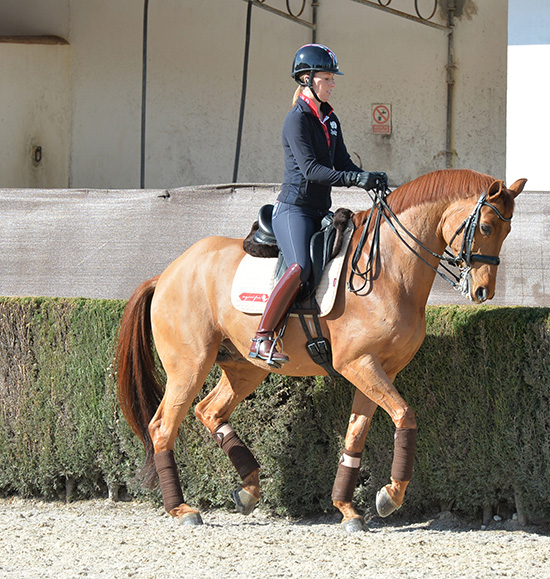
Charlotte Dujardin and Barolo – if the horse is properly in self-carriage in piaffe, he will naturally sit and lower the hindquarters…
“Horses, until you teach them, have great difficulty going at a trot slower than 70 beats. I’m really ecstatic if in the first attempt in a lesson if I get a trot at 68, a very good tempo for developing cadence in the trot (it begins usually around 65bpm). Cadence is the pause, and is the mother of collected trot and passage/piaffe. A good collected trot comes in at around 65 beats per minute (again, per leg). Of course in teaching passage and piaffe it helps if the horse is trained in hand to do slower and shorter steps in trot or faster and shorter steps in walk, and then teaching tempo and stride length changes under saddle brings the whole thing together.”
“This brings me to another little bugbear of mine; horse training is often very imprecise. I think because people have not really thought about it enough in objective terms, since time immemorial. Take coaching for example, when we use words like ‘forward’. I find that a bit irritating. What does forward mean at that particular moment? More tempo, more stride length or both? They are both different and they should be recognised, trained and corrected as such. By doing so, and having the ability to use different aids for these different responses, enables us to train the horse that we say is ‘slow in the back legs’. How many horses are rejected in Grand Prix because they are slow in the hindlegs? You have to train a quicker button. By Grand Prix it is too late as habits are formed, you have to teach the horse the tempo variations when he is young.”
more follows
“I teach the young horse to have a quicker button, so that if you squeeze him with your calves, you have a range of at least 10 beats per minute: you can go faster by 5 bpm or slower by 5. It’s difficult at first, but if you have that range, you can, for example in the walk, go from a normal 55 up to a 60, easy for a Baroque horse, usually more difficult for a Warmblood. Going down from 55 to 50 is easy for a Warmblood and difficult for a Baroque horse. We have to teach them by repetition and reward.”
Desperados, now a Gold medal winner for Germany, here competing at the Bundeschampionat as a four year old – you have to teach the horse the tempo variations when he is young…
“We need to recognise what are the horse’s strengths and weaknesses and train these things first in walk and trot. Once we do that, we can work on training passage and piaffe. When we can bring them right down in their tempo, I immediately see one diagonal pair of legs, it will be the slower pair, typically left fore and right hind, that actually shows a little piece of cadence when you slow. It does a little pause in the air. That is to me, really worth celebrating. In this case I focus more on slowing the right fore and left hind as they are more resistant to slowing: they are the weak link. And then when you continue, they start to be able to show this cadence over more steps. People often tell me, ‘No, my trainer doesn’t like me to do this passagey trot’. You ask ‘why’, and they say ‘because he will get stuck in it, I won’t be able to get him out of it.’ And I say, ‘you would be able to get out of it if you have a button for it. Train cadence in the young horse while his learning is still plastic. A skilled rider can change the shape of the trot by altering the tempo and size of the stride.”
“Once you have the possibility to make the horse quicker without longer, say in a pirouette or make him slower without shorter say in a medium trot, then it helps with all dressage training. For example, if you say – I’ve got a great shoulder-in, it’s the correct angle, correct bend, correct everything, but it’s too slow, I’d like it quicker. Well that’s easy to fix, you close your inside leg and say ‘a quicker version, thank you.’ If you’ve trained it, it is easy. If you train it when the horse is young, then you have got the button for later. If you try to train it when the horse is at the higher levels, when he actually really needs this quicker button, it’s too late. They are habitual, stuck as one-trick ponies that do piaffe, passage in one tempo and it’s not variable.”
“This thinking opens up an interesting future. I love the art in the dressage performance, but you have to appreciate that training is heavily based in neuroscience too – in learning processes. Even in Europe, where innovation is heavily shackled by culture and tradition, interest in an objective approach is fast taking hold. I am very pleased to see that Germany is beginning to see the potential of incorporating the technology of learning into their coaching systems”.

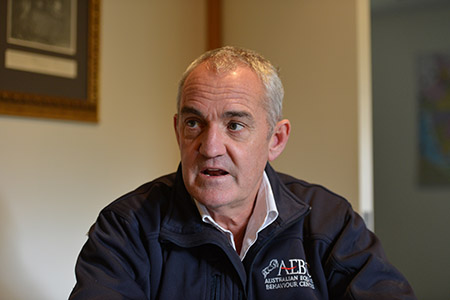
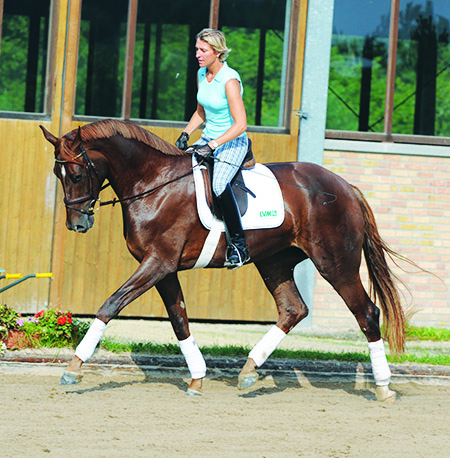
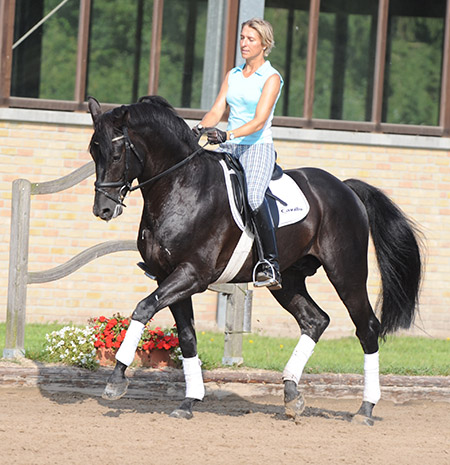
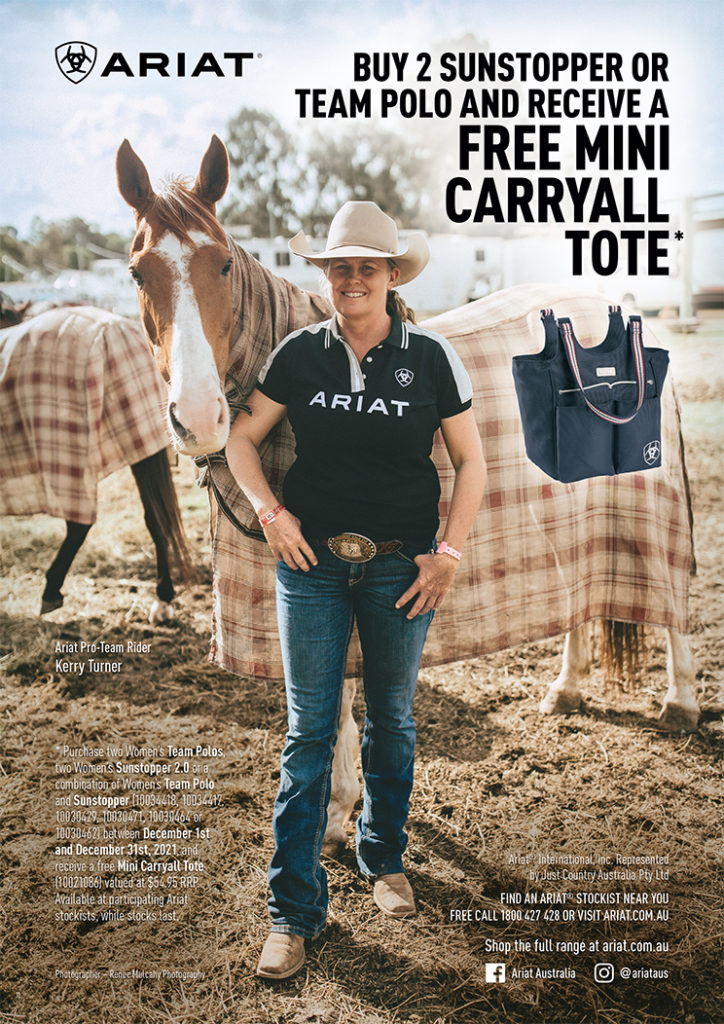
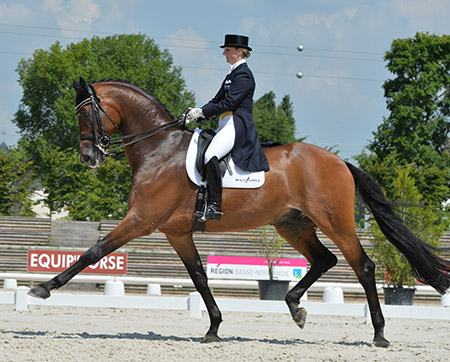
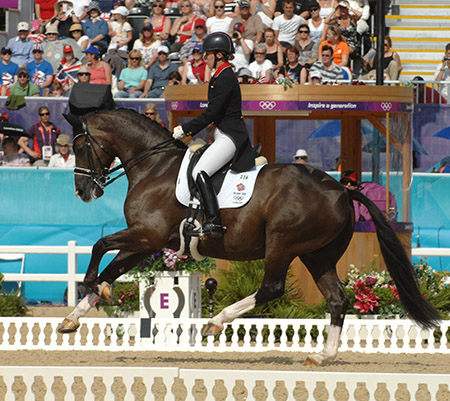
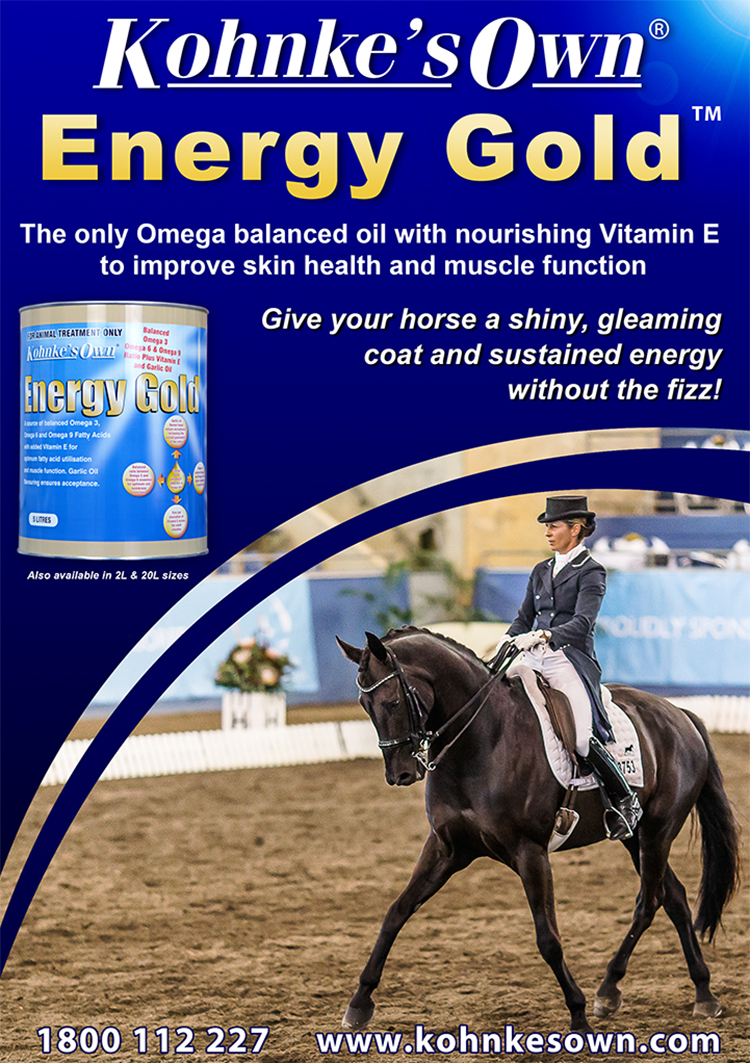
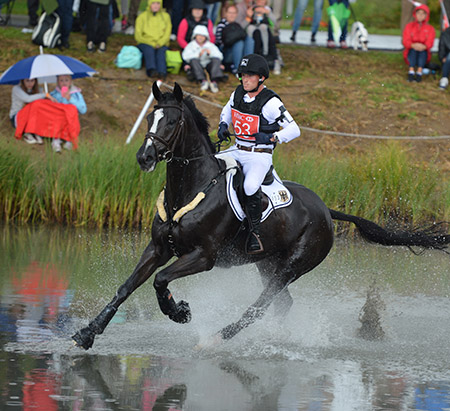
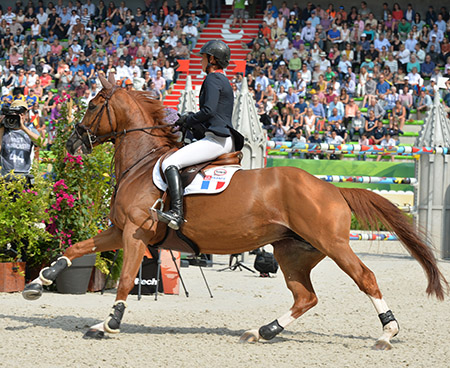
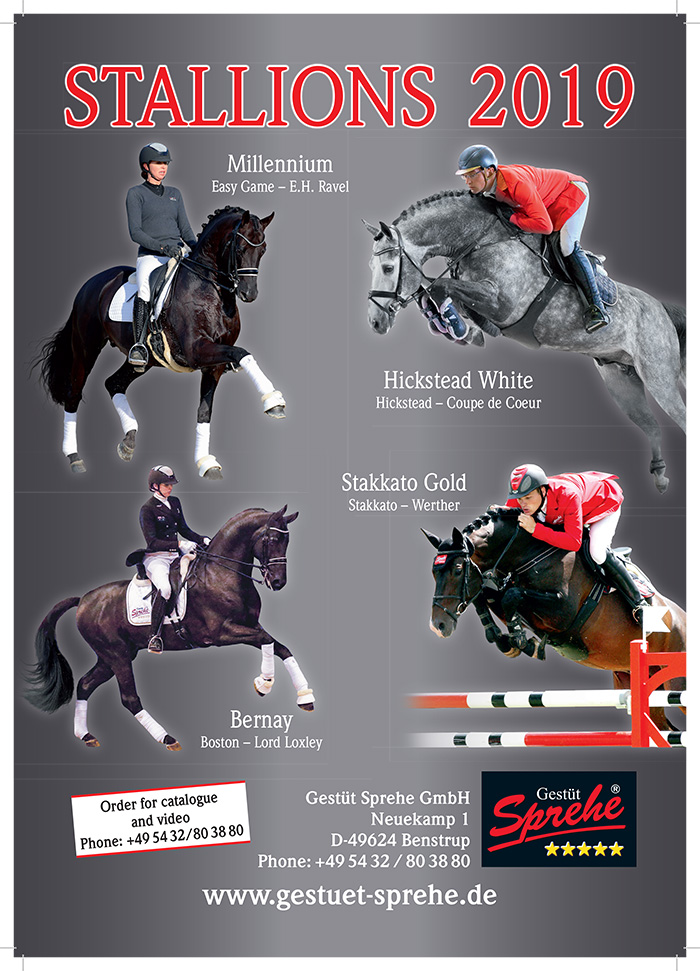
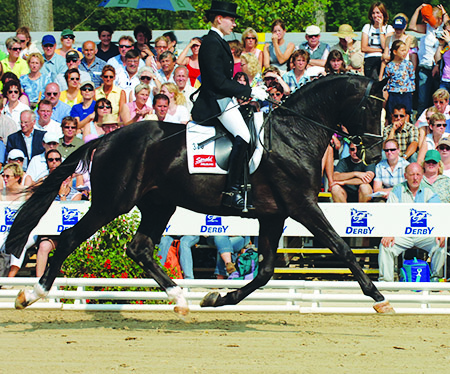
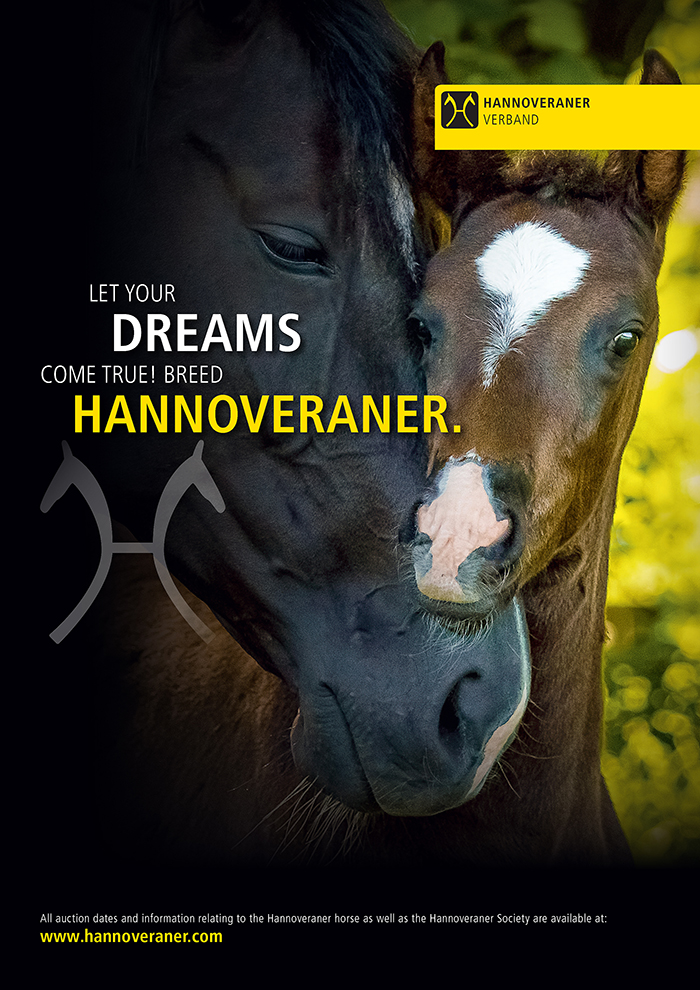
You are wonderful. You’ve helped me understand at 77 years old mysterious ideas of dressage. I ride western, but have been working on dressage the last few years. None of the dressage instructors I’ve had (3) ever told me why, or when, to give a correct aid. You make so much sense. Thank you. I wish to read more of your study.experiences, wisdom and understanding of the workings of the horse. It’s all about the horse. Best to you and your wife,